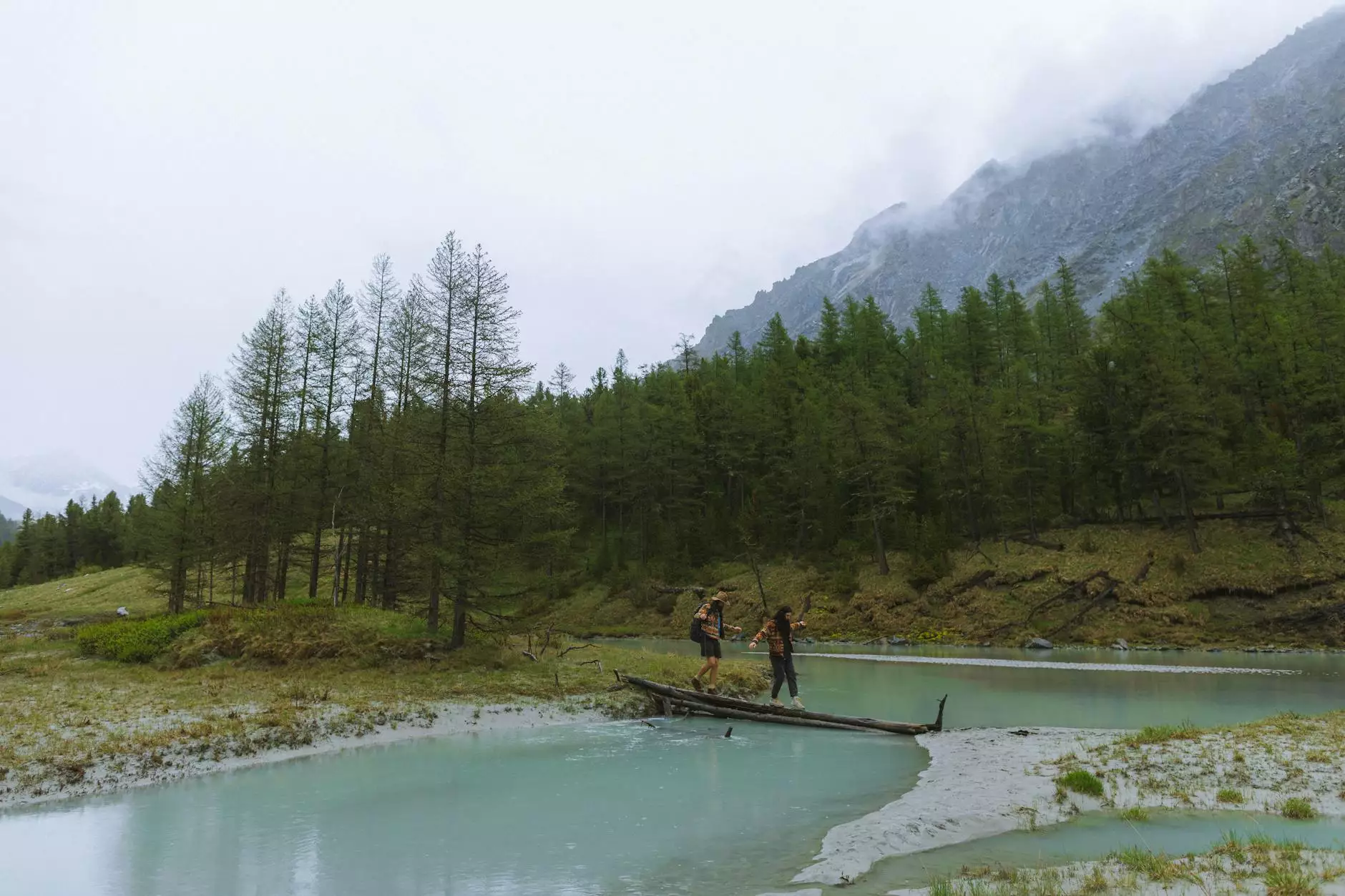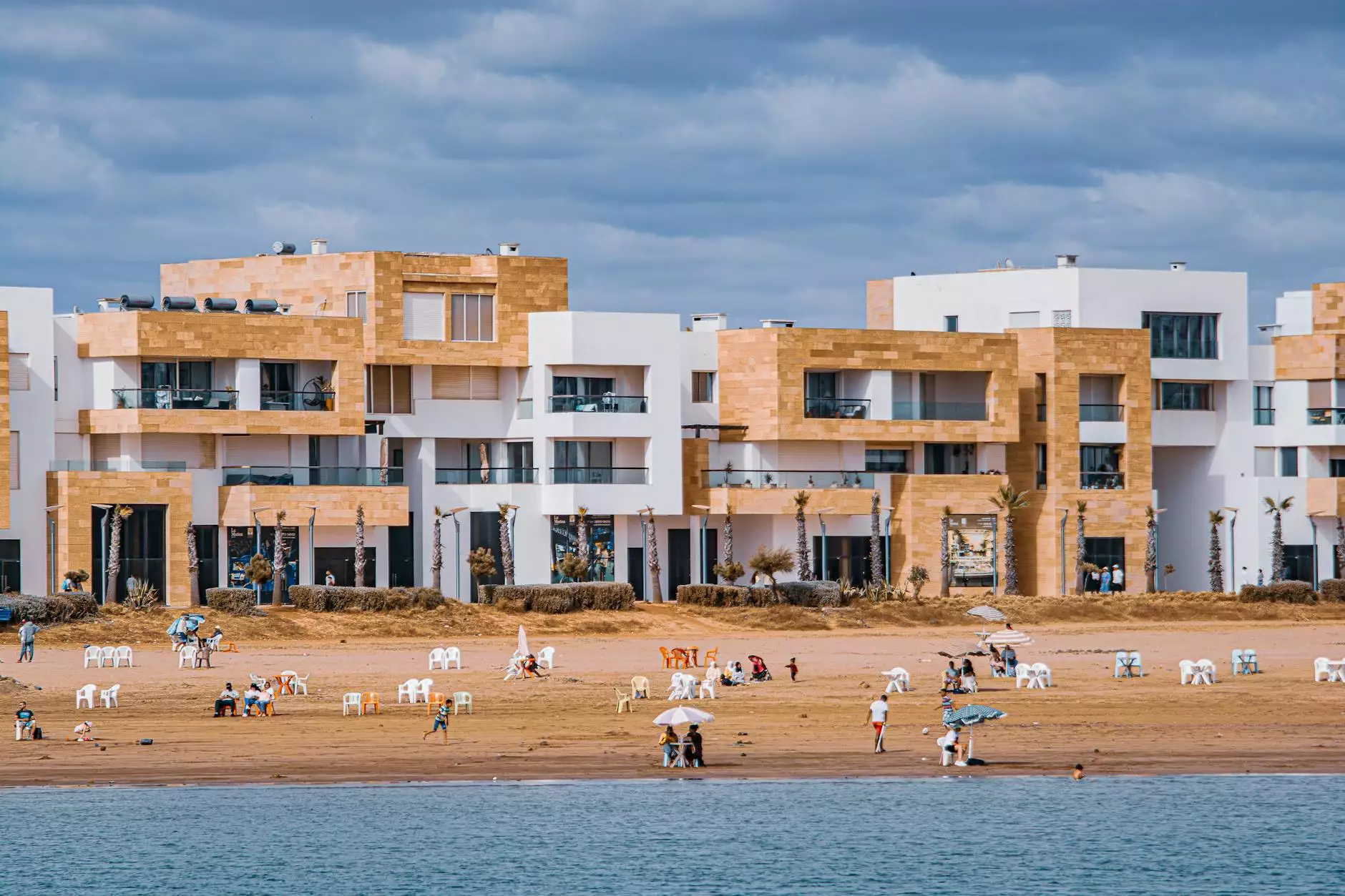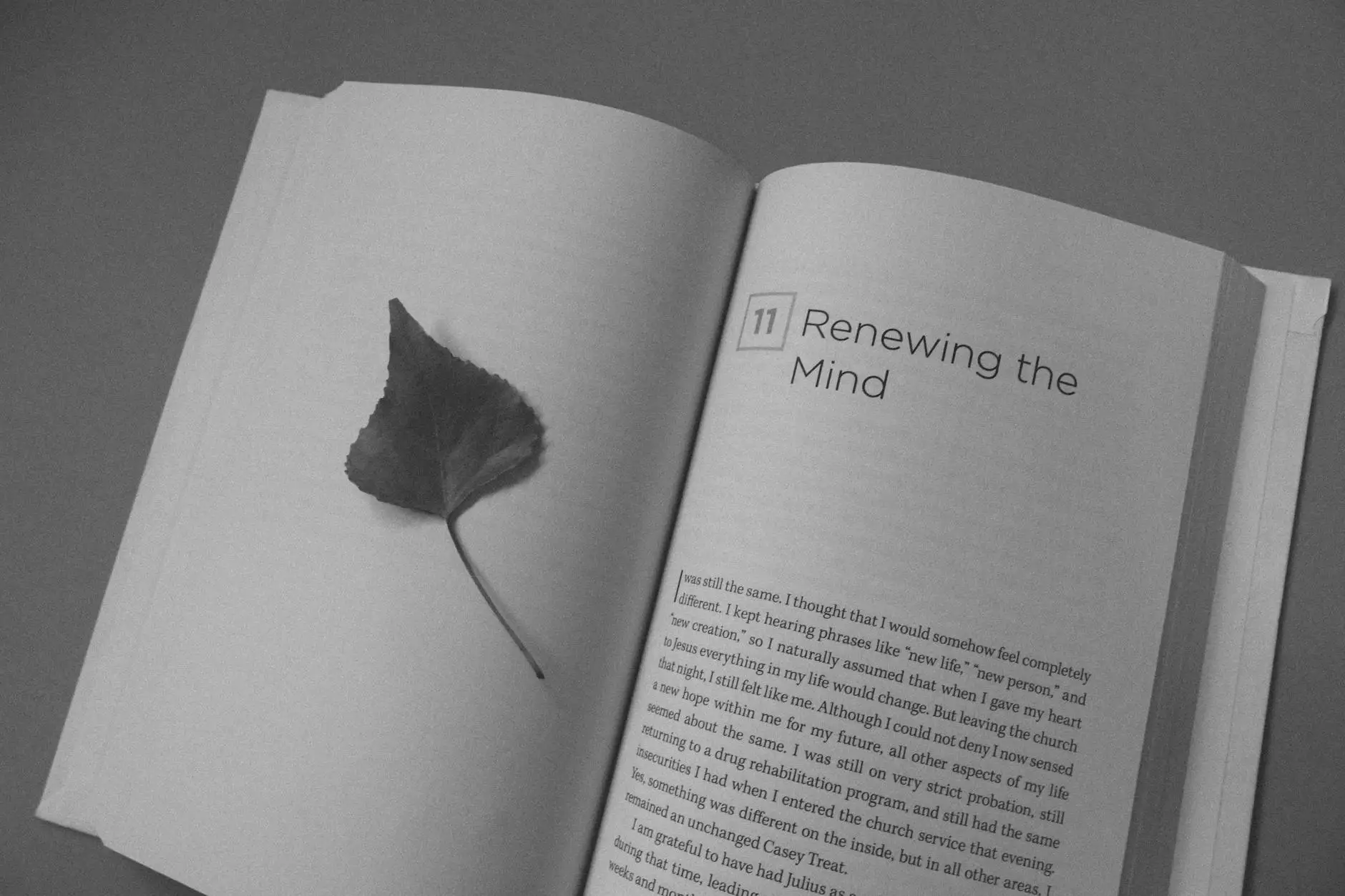Indigenous Women of Alcatraz and the Red Power Movement
Articles
Welcome to Marjorie Cowley's page on the Indigenous Women of Alcatraz and the Red Power Movement. In this article, we delve into the historically significant role that Indigenous women played during the occupation of Alcatraz and their contributions to the broader Red Power Movement.
1. Alcatraz Occupation and the Red Power Movement
The Alcatraz occupation was a groundbreaking protest that took place from 1969 to 1971. It was led by Indigenous activists who sought to reclaim the island, which had previously served as a federal prison. This occupation not only sparked widespread attention to Indigenous rights but also became a catalyst for the larger Red Power Movement.
The Red Power Movement was a social and political movement that aimed to address and rectify the systemic injustices faced by Indigenous peoples in the United States. It called for the recognition of tribal sovereignty, cultural preservation, land rights, and the improvement of socioeconomic conditions within Indigenous communities.
2. Role of Indigenous Women in the Alcatraz Occupation
Indigenous women played a pivotal role during the occupation of Alcatraz. They not only actively participated in the protests but also provided essential support and leadership within the movement. Their contributions ranged from organizing logistics and resource management to advocating for gender equality and the recognition of Indigenous women's rights.
Indigenous women served as educators, artists, and cultural ambassadors. They showcased their rich heritage through art, storytelling, music, and dance, making the occupation a vibrant display of Indigenous culture and resistance. Their creativity and resilience brought attention to the interconnectedness of cultural and political struggles.
3. Contributions to Arts and Literature
The Indigenous Women of Alcatraz made significant contributions to the arts and literature scene, leaving a lasting impact on the cultural landscape. Many of them used their creative expression as a means of resistance and revolution.
Through art, these women challenged societal norms and explored themes of identity, colonization, spirituality, and womanhood. Their artwork reflected the beauty and resilience of Indigenous cultures, offering a narrative that was often overlooked or misrepresented in mainstream media.
Additionally, Indigenous women writers emerged during this period, using literature as a powerful tool to reclaim their stories and amplify their voices. They penned powerful poems, essays, and novels that shed light on the struggles, triumphs, and complexities of Indigenous experiences.
3.1 Artistic Expressions
Indigenous women artists showcased a diverse range of artistic expressions during the Alcatraz occupation. They experimented with various mediums such as painting, sculpture, beadwork, and textile arts. Their artwork incorporated traditional motifs alongside contemporary influences, creating a unique fusion that captured the essence of their cultural heritage.
3.2 Literary Works
Indigenous women writers produced profound literary works that continue to resonate today. Their stories and poems explore themes of resilience, identity, reconciliation, and cultural preservation. These works serve as a testament to the enduring strength of Indigenous communities and the transformative power of storytelling.
4. Legacy and Continued Influence
The impact of Indigenous Women of Alcatraz and the Red Power Movement extends far beyond the years of the occupation. Their efforts paved the way for increased Indigenous visibility, advocacy, and cultural representation.
Today, their legacy lives on, inspiring new generations of Indigenous activists, artists, and writers. Their contributions continue to shape ongoing conversations surrounding Indigenous rights, environmental stewardship, and social justice. The resilience and determination displayed by these women serve as a reminder of the power of collective actions and the importance of amplifying marginalized voices.
In conclusion, the Indigenous Women of Alcatraz made immense contributions to the occupation and the broader Red Power Movement. Their roles as leaders, artists, and advocates brought attention to Indigenous rights and the cultural significance within the struggle for justice. Their artistic expressions and literary works continue to inspire, educate, and empower individuals across generations.









